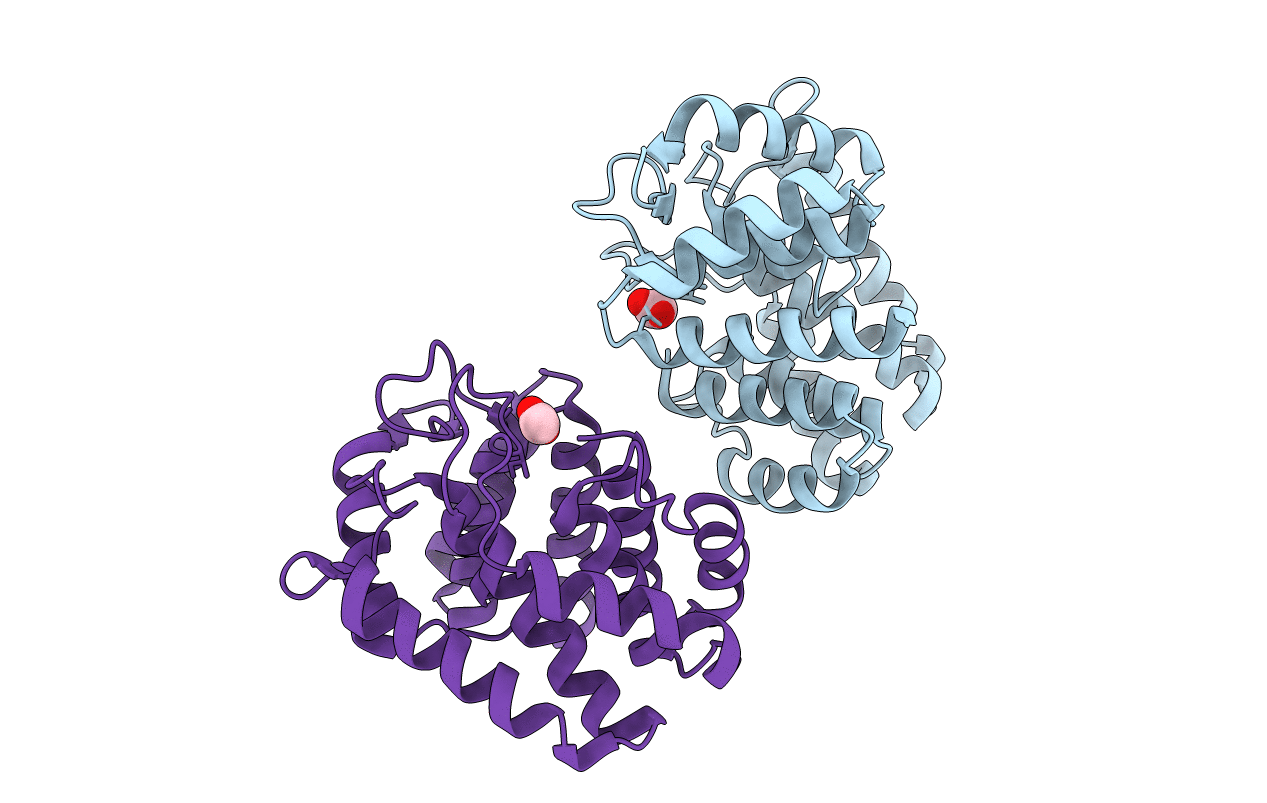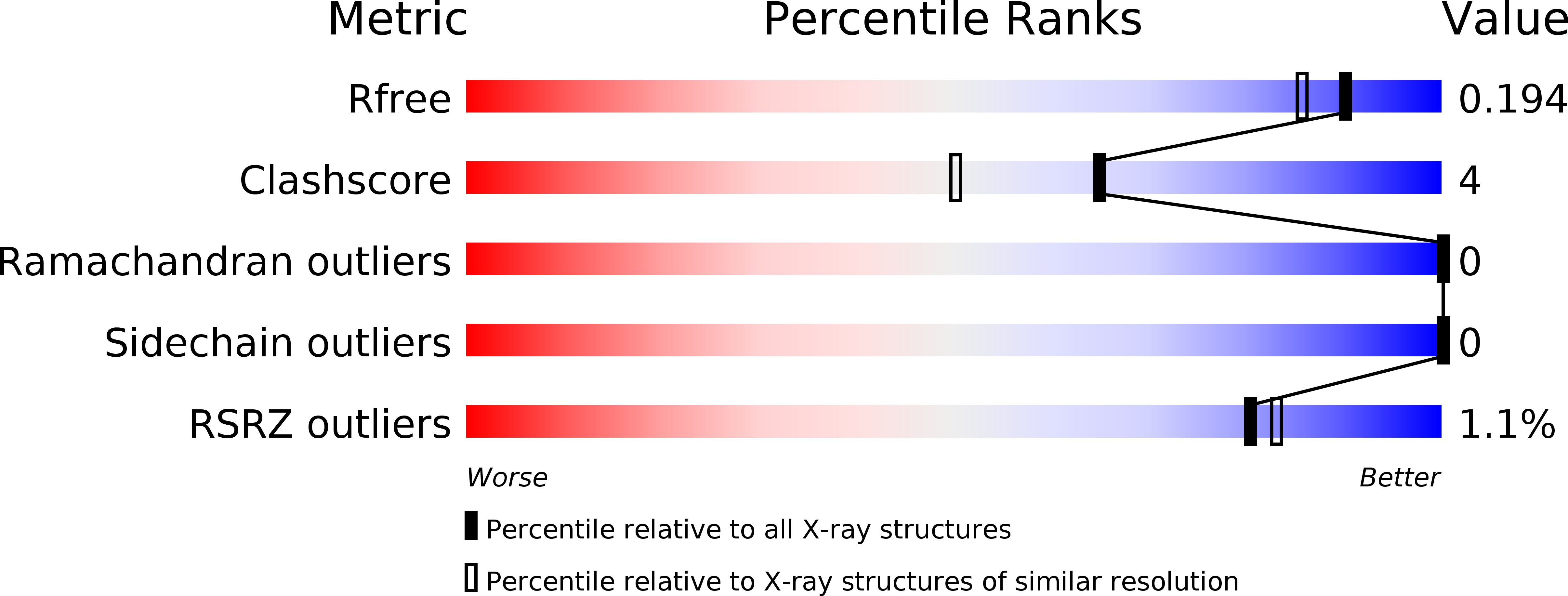
Deposition Date
2016-01-19
Release Date
2017-02-01
Last Version Date
2024-11-13
Entry Detail
PDB ID:
5HOP
Keywords:
Title:
1.65 Angstrom resolution crystal structure of lmo0182 (residues 1-245) from Listeria monocytogenes EGD-e
Biological Source:
Source Organism:
Host Organism:
Method Details:
Experimental Method:
Resolution:
1.65 Å
R-Value Free:
0.19
R-Value Work:
0.16
R-Value Observed:
0.16
Space Group:
P 43


